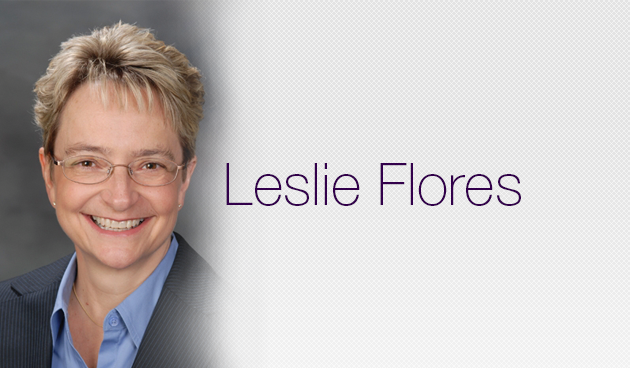In my last post I suggested that in order for hospital medicine to be both financially and professionally sustainable, we need to figure out how hospitalists can see more patients each day while at the same time be more satisfied with their work. One possible approach to achieving this aim is to support physician hospitalists with less costly staff doing work not requiring a physician’s license or expertise.
The most common skill mix diversification approach in Hospital Medicine Groups (HMGs) has been to add NPs and/or PAs to the team. SHM’s 2014 State of Hospital Medicine Report indicates that more than 65% of HMGs serving adults have one or more NP/PAs practicing in them.
Over the last year or two, though, I’ve increasingly encountered the presence of nurses (usually RNs, though sometimes LPNs) in clinical roles supporting hospitalist practices. A few groups have incorporated nurses for years, but now more seem to be exploring it as a way to offload non-physician work and help providers be more efficient. Other benefits cited are improvements in patient satisfaction when hospitalist nurses spend extra time talking with patients and families, better performance on core measures and documentation requirements, and improved patient flow when nurses fill triage functions or help facilitate early discharges.
Recently I’ve been collecting job descriptions for nurse clinicians (variously called rounding nurses, hospitalist nurses, nurse coordinators, or nurse clinicians), and so far the most common responsibilities include:
- Holding the triage phone, taking calls from the ED and/or transfer center, and assigning new patients to providers
- Rounding (or pre-rounding) with providers, reviewing charts, gathering key items of clinical information for the provider, and following up on outstanding tests or treatments
- Ensuring provider attention to order sets, pathways, core measures, length of stay targets, etc.
- Updating white boards, answering patient/family questions, serving as liaison between patient/family and provider, and delivering patient education
- Coordinating with nursing, case management, and social work for discharge planning (in some cases attending MDRs or case management meetings on behalf of their providers)
- Helping with discharge preparation, including assisting with medication reconciliation and other paperwork, making post-discharge appointments, and sometimes pre-loading discharge instructions and orders
- Fielding calls from discharged patients, outside pharmacies, mortuaries, etc., and helping fill out documents like death certificates, FMLA forms, hospice, home health, and DME requests for physician signature
- Following up on tests resulted after discharge
- Making post-discharge phone calls to patients
Some HMGs have a single nurse clinician each day, while others have a nurse paired with each rounding provider. In some cases the nurses also perform administrative tasks like assigning overnight admissions and generating rounding lists, ensuring complete charge capture, collecting data and preparing performance reports, or facilitating various work flow improvements.
I think this model offers real potential to help hospitalists spend more of their time providing direct patient care, increase their clinical capacity, and be more satisfied with their work. But it also has a high potential for abuse if hospitalists don’t ensure that nursing roles have a demonstrable return on investment. Potential benefits to be balanced against the cost of incorporating nurse clinicians might include measures of:
- Increased provider efficiency and production capacity
- Higher clinical quality
- Better interdisciplinary communication and care coordination
- Reductions in unnecessary utilization
- Improved patient flow
- Enhanced patient satisfaction
- Better care transitions
- Improved ability to recruit and retain satisfied hospitalists
Some benefits will be more challenging to measure than others. But every group interested in pursuing this model should be very clear about why they want to incorporate nurses, and have concrete metrics for what they expect to achieve. By periodically measuring realized benefits against your goals and your investment, you will stand a much higher chance of justifying the presence of these valuable resources, and of deploying them effectively.



Leslie!
Great post. As hospitalists’ accountabilities increase across the episode of care, Nurses will indeed be and currently are playing a key role in delivering value to patients, payers and hospitals.
Thanks for sharing your thoughts.
Mike Radzienda